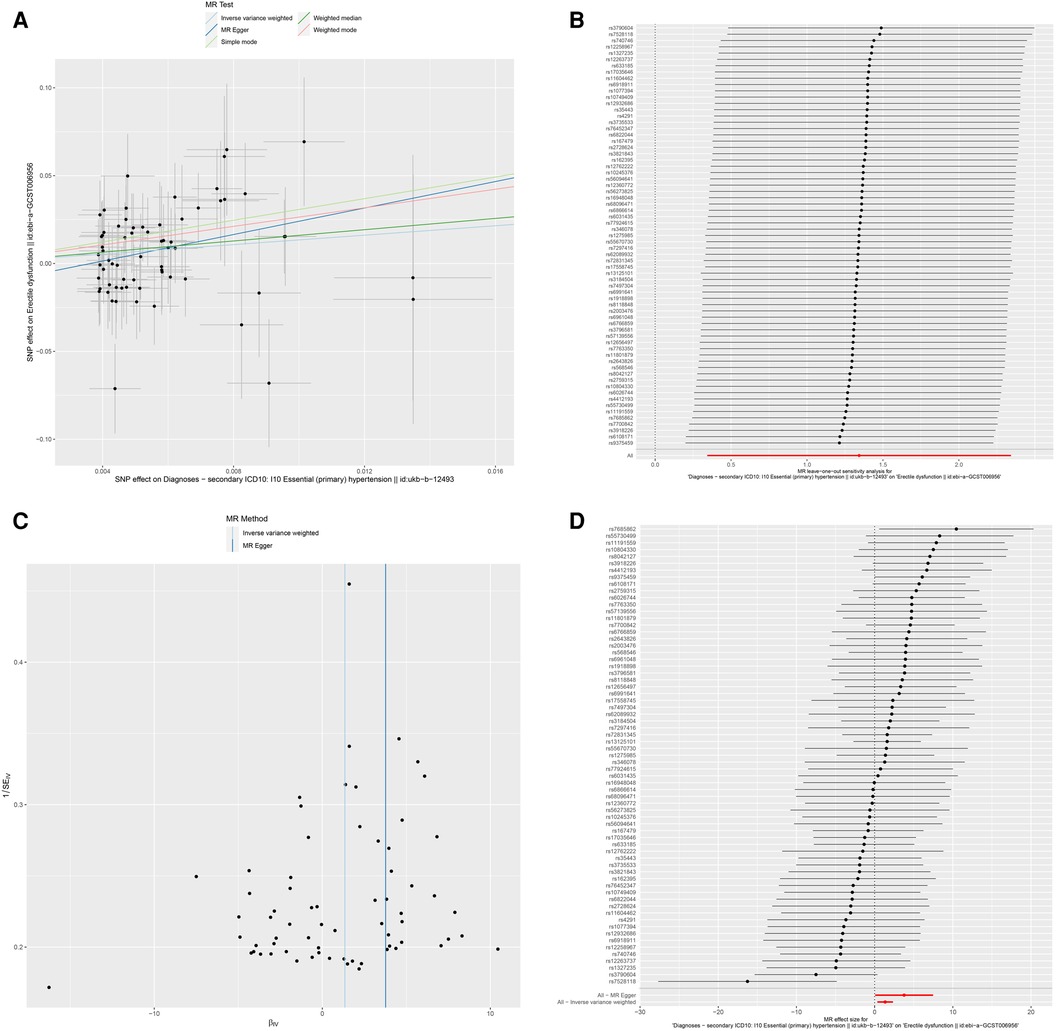mattie05c73084
About mattie05c73084
The Influence of Local Weather Change On Global Agriculture
Local weather change is one of the most pressing challenges dealing with humanity in the present day, with far-reaching implications for numerous sectors, including agriculture. As international temperatures rise, precipitation patterns shift, and extreme weather events develop into extra frequent, the agricultural sector should adapt to ensure food security for an ever-growing inhabitants. This report explores the influence of local weather change on global agriculture, specializing in crop yields, livestock manufacturing, and the broader implications for meals security and rural livelihoods.
1. Introduction
Agriculture is very delicate to climatic conditions. Modifications in temperature, rainfall, and the frequency of extreme weather occasions can directly have an effect on crop yields and livestock productivity. The Intergovernmental Panel on Climate Change (IPCC) has projected that with out vital mitigation efforts, international temperatures could rise by 1.5°C to 2°C above pre-industrial ranges by the tip of the century. These changes pose important risks to agricultural techniques worldwide.
2. Effects on Crop Yields
2.1 Temperature Increases
Rising temperatures can lead to decreased crop yields, particularly for staple crops corresponding to wheat, rice, and maize. Research signifies that for every 1°C increase in temperature, yields of these crops could decline by roughly 10-20%. Heat stress can reduce photosynthesis, impair grain filling, and improve the risk of crop diseases.
2.2 Changes in Precipitation Patterns
Altered precipitation patterns can result in both droughts and floods, further exacerbating the challenges faced by farmers. Areas that rely on predictable rainfall for irrigation could find themselves more and more weak to water scarcity, whereas areas susceptible to flooding may experience soil erosion and crop destruction. For example, sub-Saharan Africa, which is already going through significant agricultural challenges, is expected to see a decline in rainfall, putting hundreds of thousands of smallholder farmers in danger.
2.Three Pests and Diseases
Local weather change may affect the distribution and life cycles of agricultural pests and diseases. Hotter temperatures could permit pests to thrive in areas previously unsuitable for them, leading to increased crop losses. Moreover, adjustments in climate can have an effect on the efficacy of present pest control methods, requiring farmers to adopt new methods to protect their crops.
3. Impacts on Livestock Manufacturing
3.1 Heat Stress
Livestock manufacturing is also affected by local weather change, notably by way of heat stress. High temperatures can reduce feed intake, impair reproduction, and increase mortality rates in livestock. For instance, dairy cows exposed to prolonged heat stress produce less milk, which might considerably impression the dairy industry.
3.2 Feed Availability
Modifications in local weather can affect the availability and quality of feed crops. Droughts can result in reduced forage manufacturing, while increased rainfall can lead to waterlogged soils that hinder growth. This may result in higher feed costs and increased production prices for livestock farmers, finally affecting food costs for shoppers.
4. Meals Safety Implications
The mixed results of local weather change on crop yields and livestock manufacturing have important implications for world meals security. Because the world population is projected to succeed in 9.7 billion by 2050, the demand for food will continue to rise. Nevertheless, the ability to satisfy this demand is threatened by declining agricultural productivity attributable to climate change.
4.1 Vulnerable Populations
Smallholder farmers, notably in creating countries, are among the most susceptible to the impacts of local weather change. Many of these farmers rely upon rain-fed agriculture and lack the sources to adapt to altering circumstances. As crop yields decline and food costs rise, meals insecurity is likely to increase, leading to malnutrition and hunger in vulnerable populations.
4.2 Economic Consequences
The financial consequences of local weather change on agriculture could be profound. Declining agricultural productivity can lead to decrease incomes for farmers, increased poverty charges, and reduced economic development in rural areas. Additionally, rising food prices can contribute to inflation, affecting urban populations and exacerbating social unrest.
5. Adaptation Methods
To mitigate the impacts of climate change on agriculture, numerous adaptation strategies will be employed:
5.1 Climate-Resilient Crops
Developing and promoting climate-resilient crop varieties which are tolerant to heat, drought, and flooding may help guarantee meals security in a changing local weather. Analysis and development efforts ought to give attention to breeding crops that may withstand extreme circumstances whereas maintaining excessive yields.
5.2 Sustainable Farming Practices
Implementing sustainable farming practices, similar to agroforestry, crop rotation, and conservation tillage, can improve soil well being, enhance water retention, and increase resilience to local weather variability. These practices can also assist sequester carbon, contributing to climate change mitigation.

5.3 Improved Water Management
Investing in environment friendly irrigation techniques and water management practices may also help farmers adapt to changing precipitation patterns. In the event you adored this informative article and also you wish to receive more details relating to best over the counter ed meds kindly visit our own site. Rainwater harvesting, drip irrigation, and using drought-resistant crops can enhance water use effectivity and scale back vulnerability to water scarcity.
6. Conclusion
Local weather change poses significant challenges to world agriculture, impacting crop yields, livestock manufacturing, and meals security. As the world grapples with rising temperatures and shifting weather patterns, it is crucial to adopt adaptive methods that improve resilience in agricultural systems. By investing in climate-resilient crops, sustainable farming practices, and improved water management, we may help safe a stable food supply for future generations whereas mitigating the results of local weather change. Addressing these challenges will require collaboration among governments, researchers, and farmers to ensure a sustainable agricultural future in the face of climate change.
No listing found.





